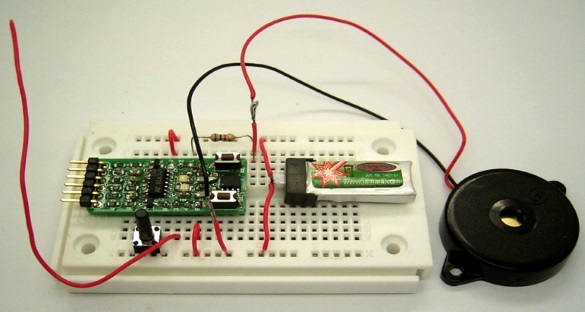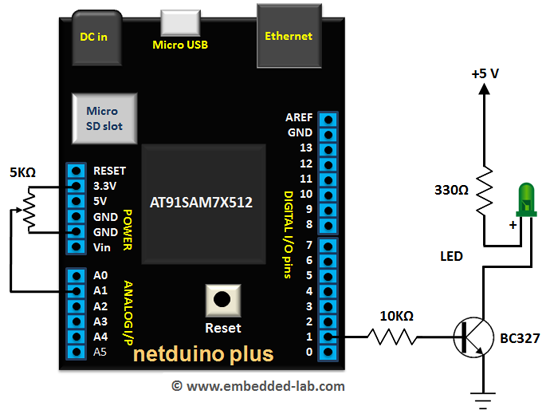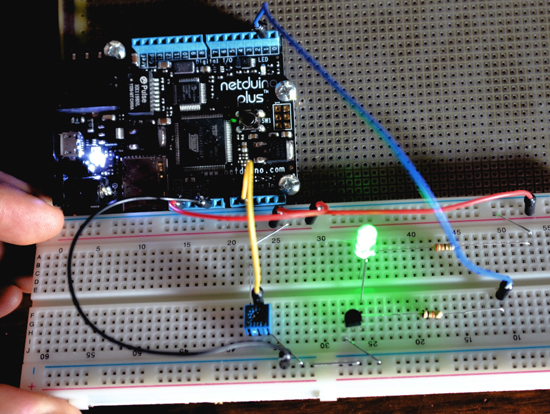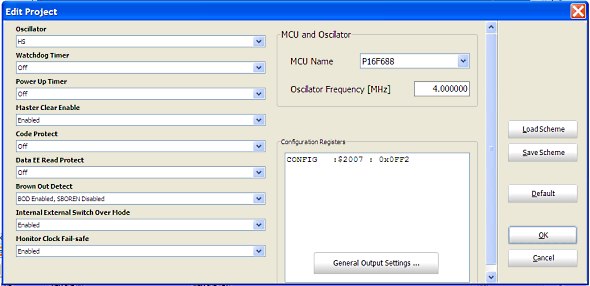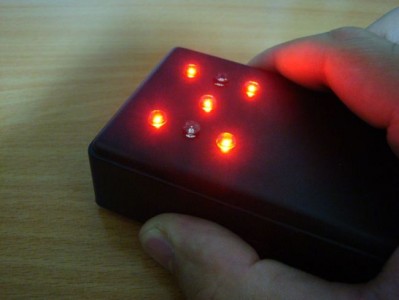RF detection using a common LED
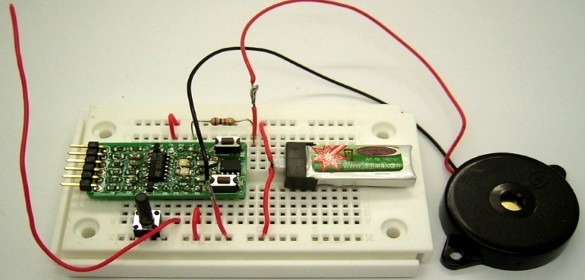
I am using the ATtiny13 on the Sparrow board. https://hackaday.io/project/4926-cheepit-sparrow-dev-boards-for-smartphones LED2 is connected to port B.3 which is ADC(3) as well. So why not connect an Antenna here. The LED should work as a detector diode. A bias voltage is needed. So I should switch on the internal pullup.
Now it works fine! Don’t believe it? Watch the video. To get it sensitive enough I had to use one more trick. I switch on the pullup for a very short time. This will charge the LED which is also a little capacitor of only a few picofarads. Voltage may rise up to 2 V. Then I switch back to high Z. The LED is discharged down to about 1.5 V after some microseconds. But in the presence of an RF signal it will discharge a little lower. Several RF pulses may result in an integrated loss of LED voltage. That’s why I call it an integrating RF detector. In the end I need something like 50 mV at 100 kHz to get a clear result.
